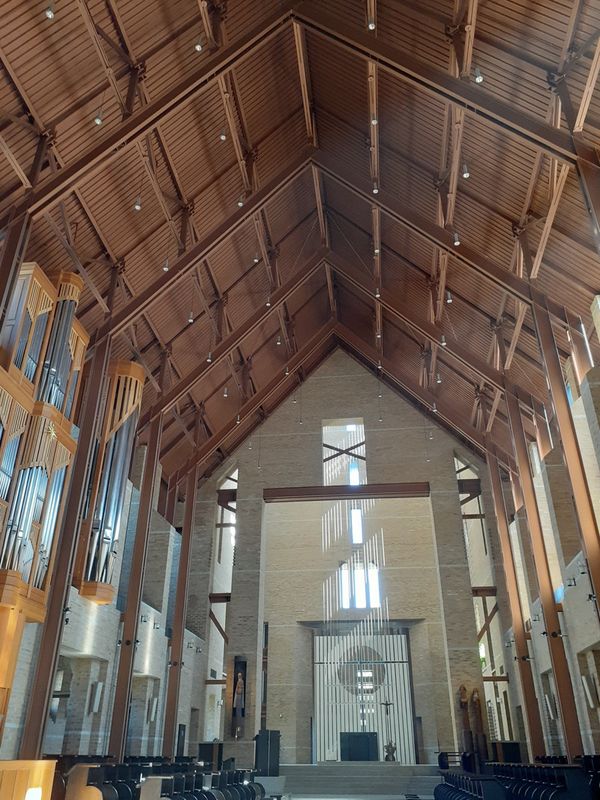A Trip to the Eastern Townships, American Loyalist Settlements in Quebec

Last month I went on a trip to the Eastern Townships with my wife and baby daughter. For those dreading road trips with a baby, it’s not that bad, especially with shorter or medium distance trips. Having already traveled to the region in all seasons, the fall is my favorite. The views are breathtaking with all the mountains and trees’ leaves changing colors.
The Eastern Townships are a region in the south-east of the Canadian province of Quebec. These townships were founded by American Loyalist settlers from the USA who were fleeing the aftermath of the American Revolution in the 1790s. It was later followed by more English-speaking settlers from New England and from the British Isles, and finally a large influx of French-speaking Canadians from surrounding areas. Today about 90 per cent of the population is French-speaking, but there are still some pockets of English-speaking communities. The largest one is Lennoxville, currently a borough of the city of Sherbrooke, but formerly its own separate city.

We stayed in Farnham, a small city of just over 10,000 inhabitants. It’s located in the Brome-Missisquoi Regional County Municipality by the shores of the Yamaska River. We could enjoy gorgeous views of mountains covered in forests with autumn-colored leaves.

Then we went on a day trip to the Saint-Benoît-du-Lac abbey in the Memphrémagog Regional County Municipality. The abbey, along with its property consisting of a cheese making facility and surrounding lands, is actually its own municipality within the larger Regional County Municipality (RCM). They split away from the municipality of Austin in 1939. The abbot (head of the abbey) is also the mayor of the municipality. The abbey is named after Saint Benedict of Nursia, founder of the Benedictines. The abbey was founded in 1912 by exiled monks from Fontenelle Abbey of St. Wandrille in France. That abbey was suppressed during the French Revolution and sold at auction. It was used as a factory for some time and then passed to the Stacpoole family. A descendant of that family and heir to the property, George Stanislaus, 3rd Duke de Stacpoole, became a priest and restored the abbey to the French Benedictines. Yet again in 1901 the French government expelled the monks under the anti-clerical so-called “Association Laws”. They moved to Belgium and then to the current location in Quebec in 1912. Today they are a small community of just under 50 monks living under the Rule of Saint Benedict. They maintain the tradition of Gregorian chant, which we were able to listen to in their chapel. They are also known for their delicious cheeses, which was part of our motivation for the visit.

And finally we went to Coaticook, a small city of just under 9,000 inhabitants. It’s located within the Coaticook Regional County Municipality and it’s also the seat of the RCM. Coaticook is famous for its exquisite ice cream from the Laiterie de Coaticook. We waited in line for our huge multi-scoop ice cream cones and the long wait was totally worth it!
Would you like to receive similar articles by email?




